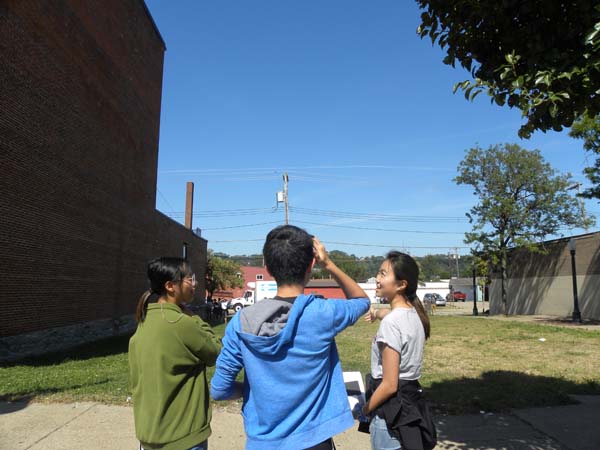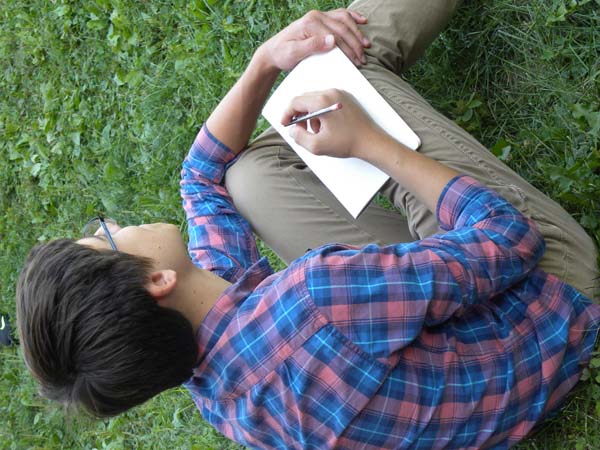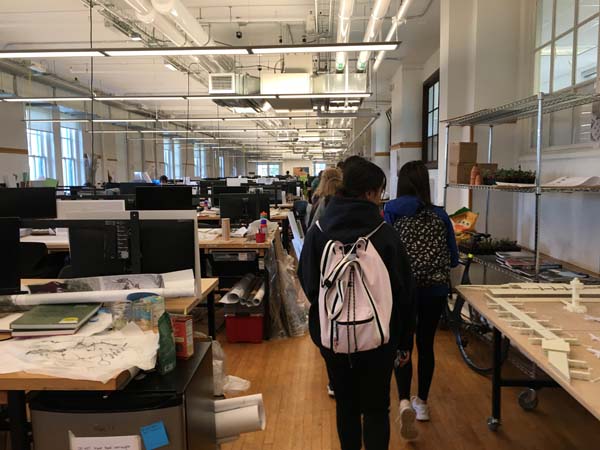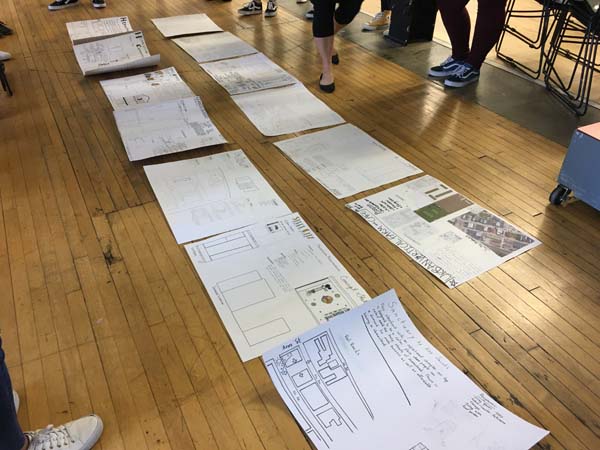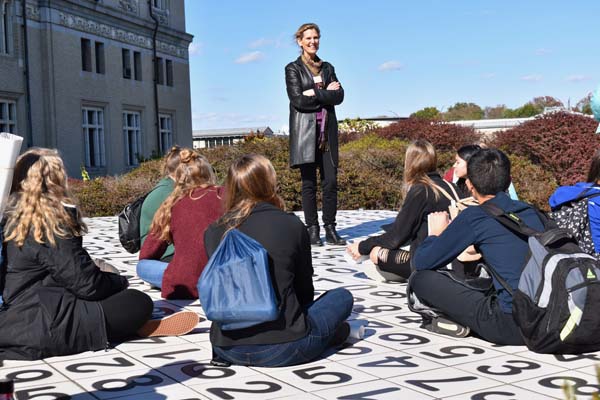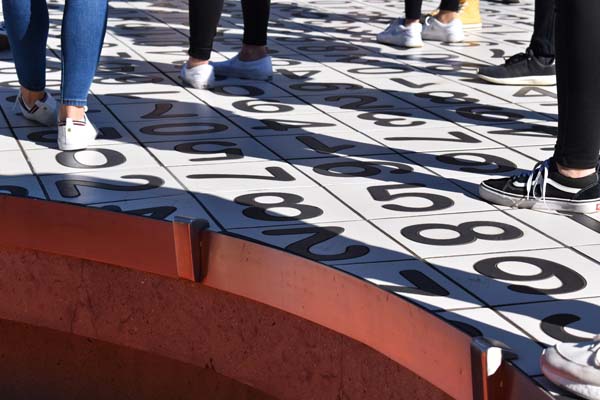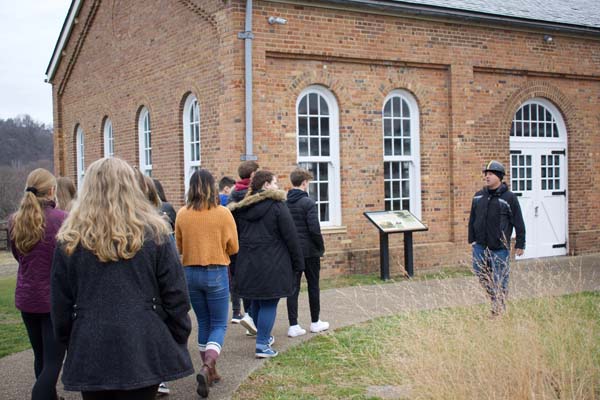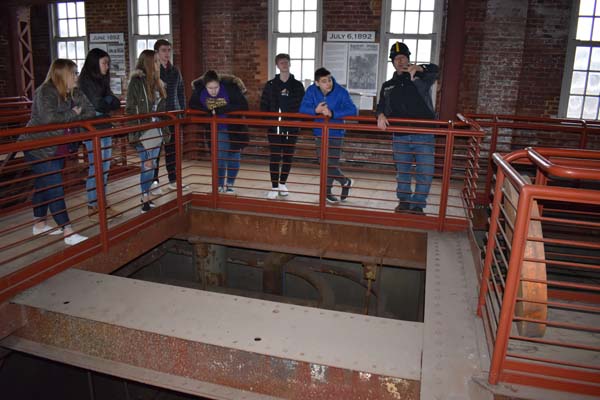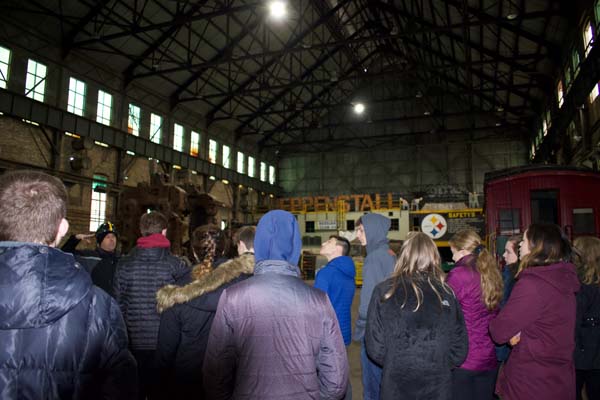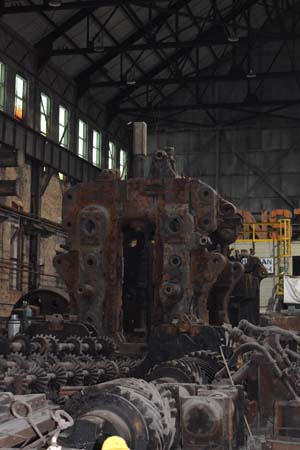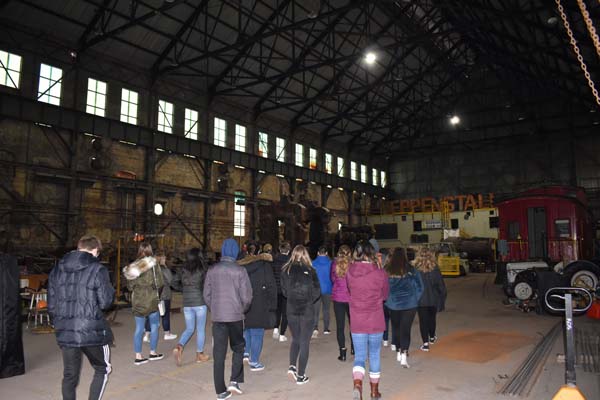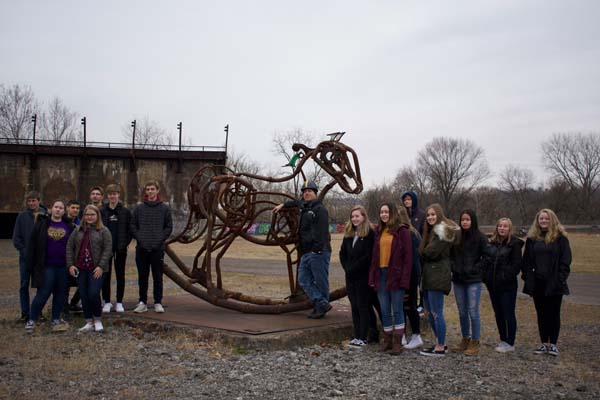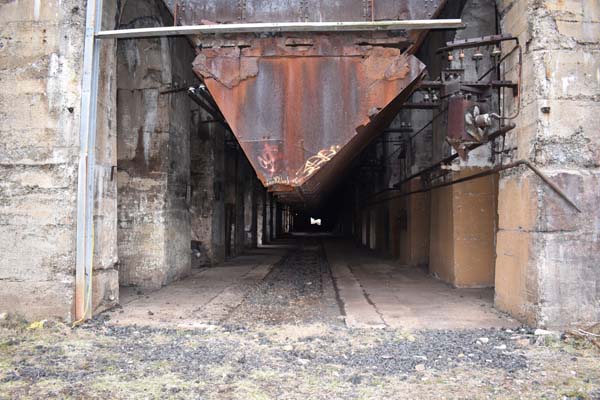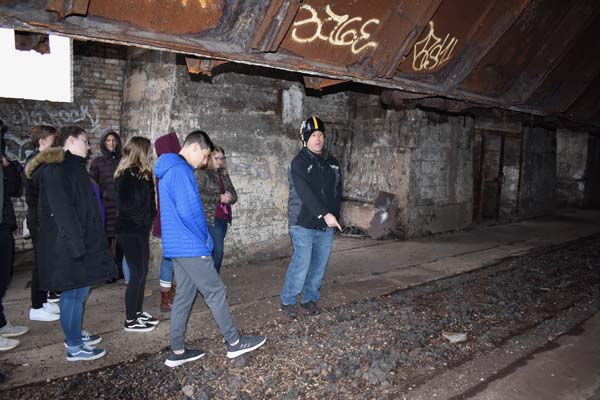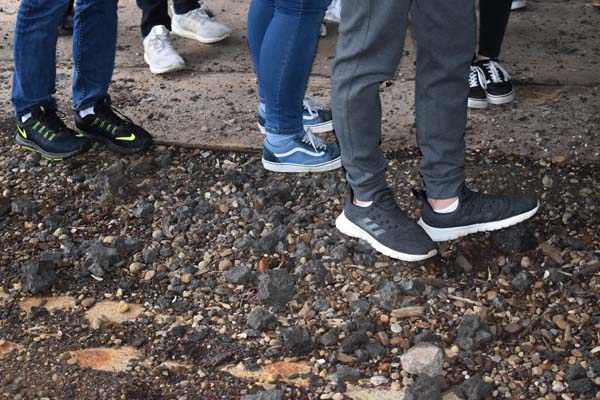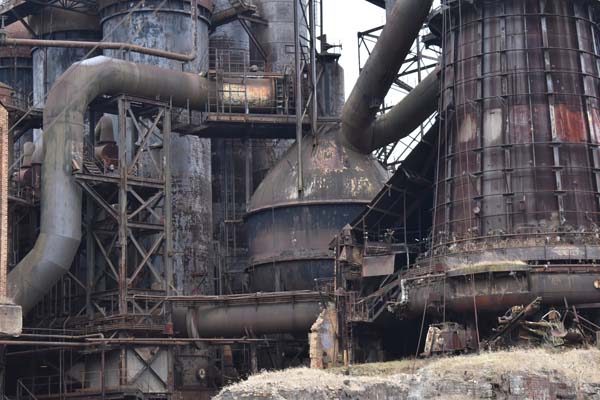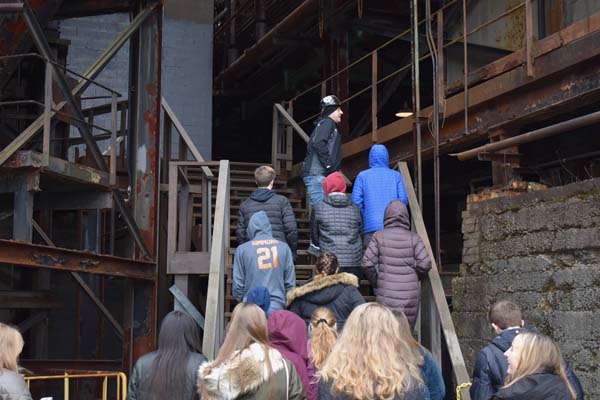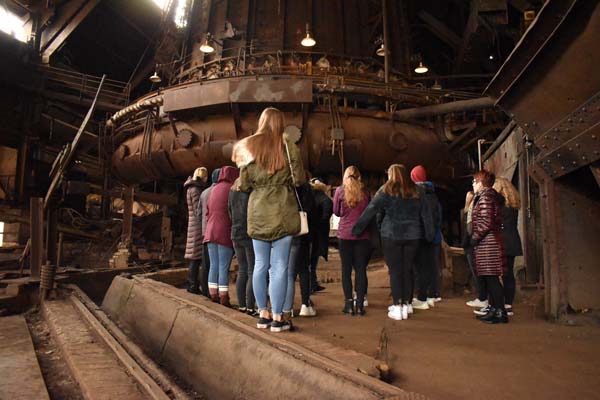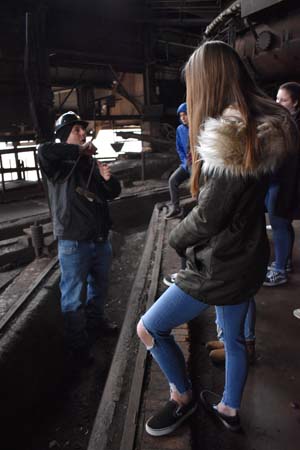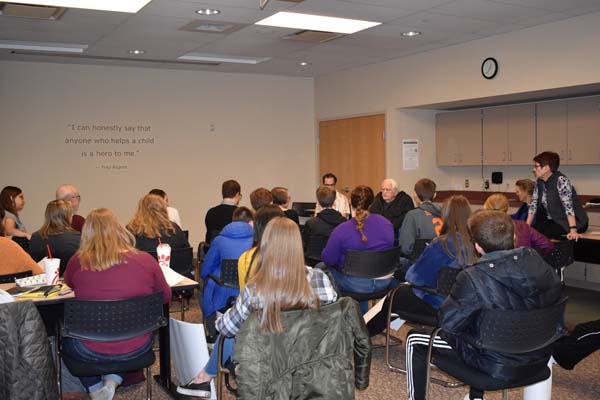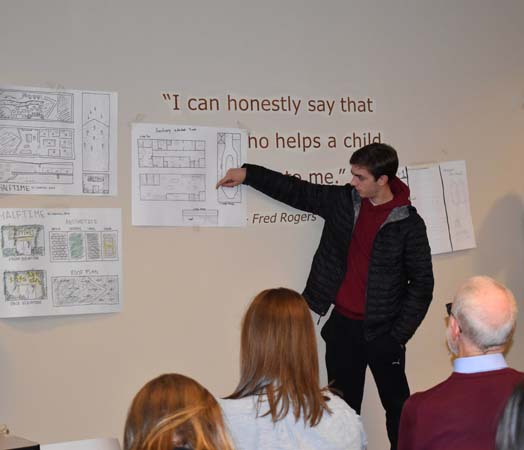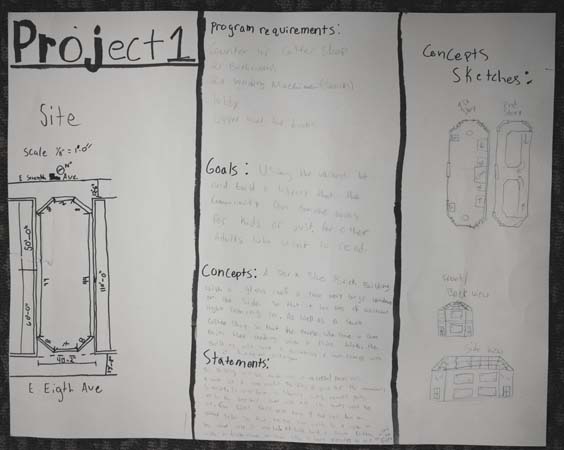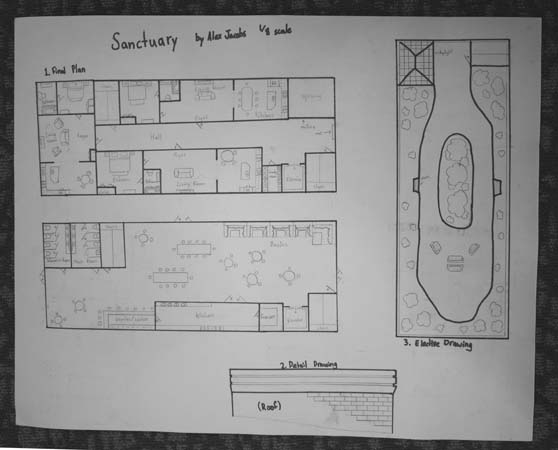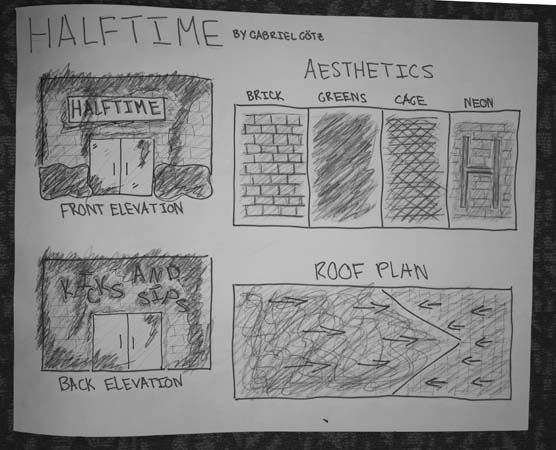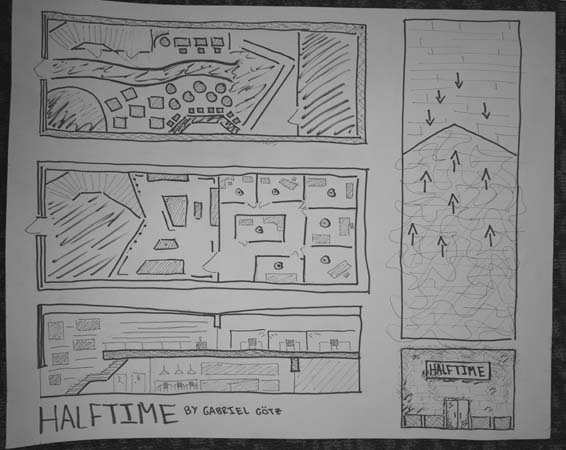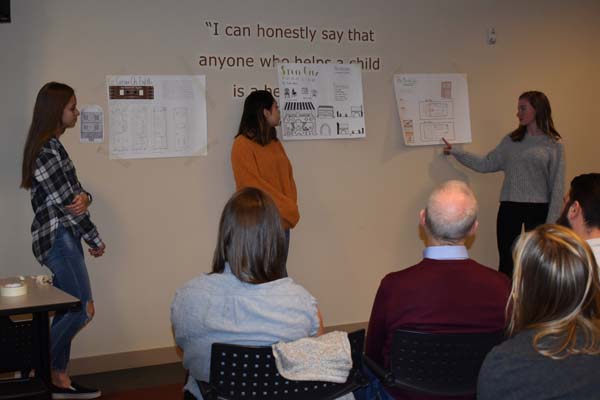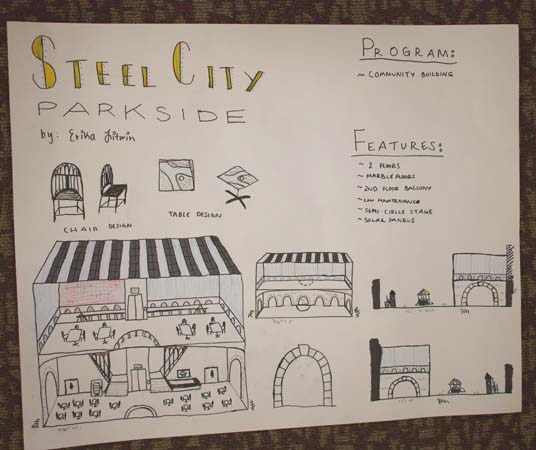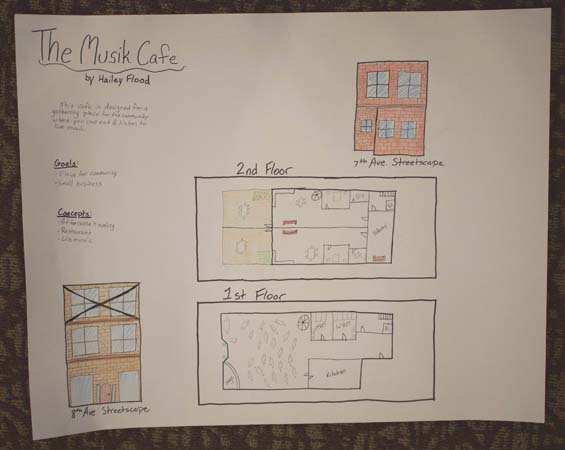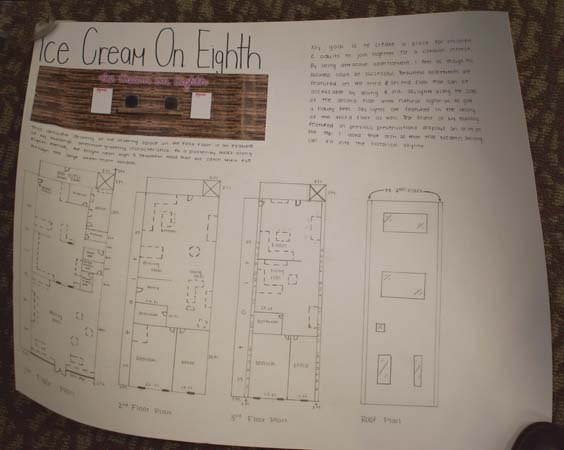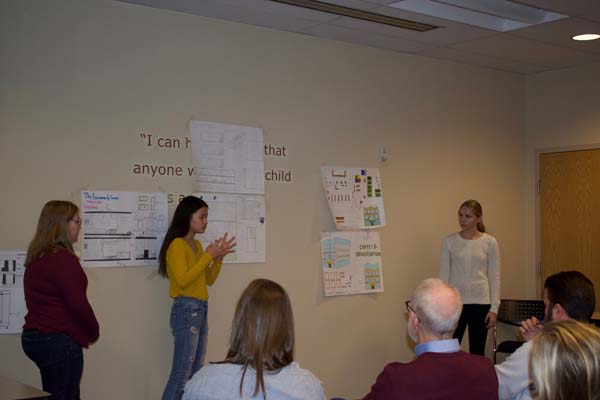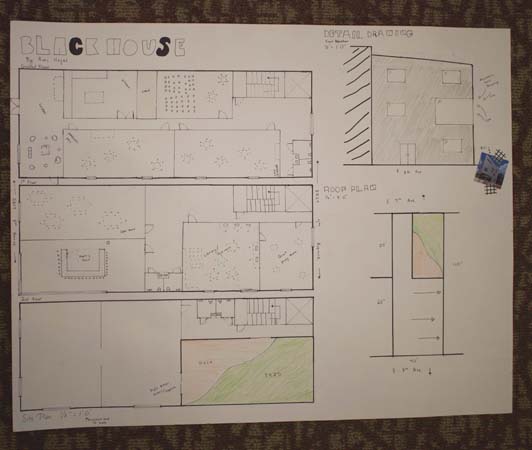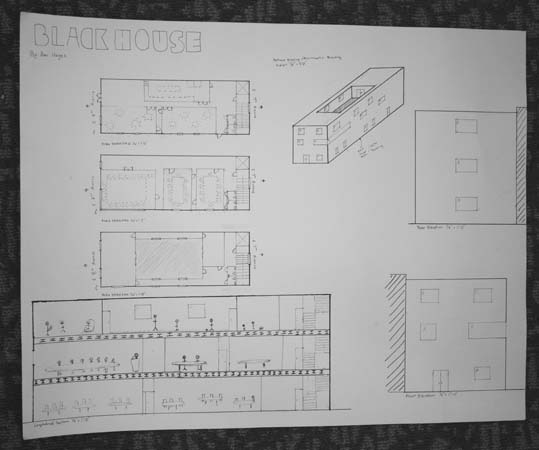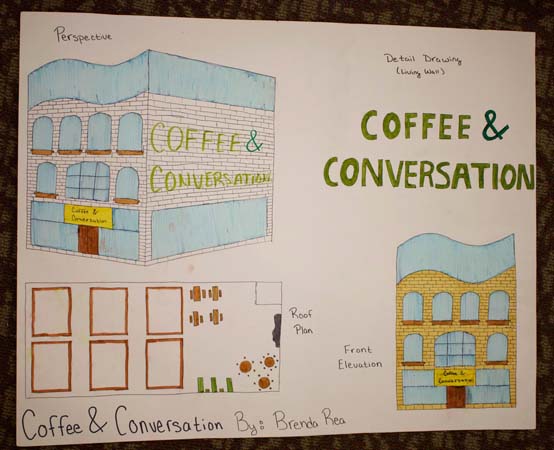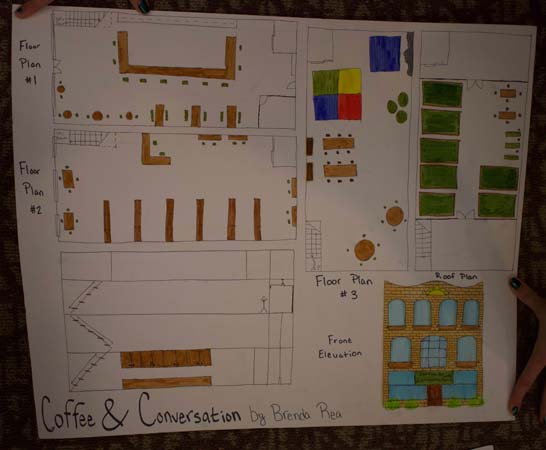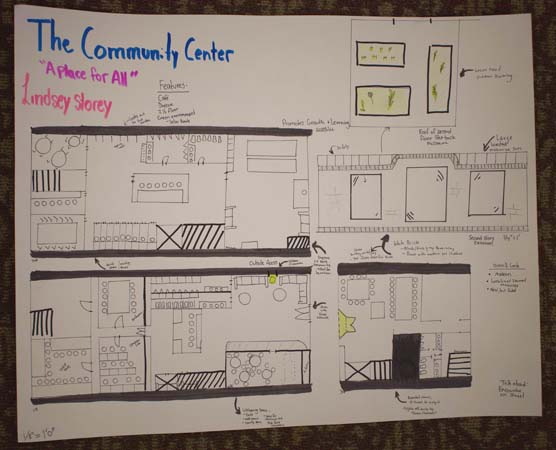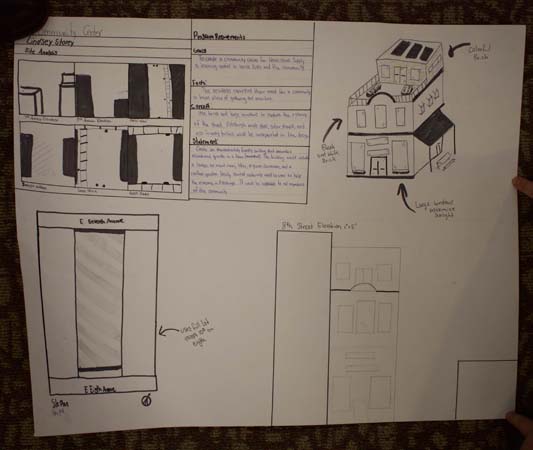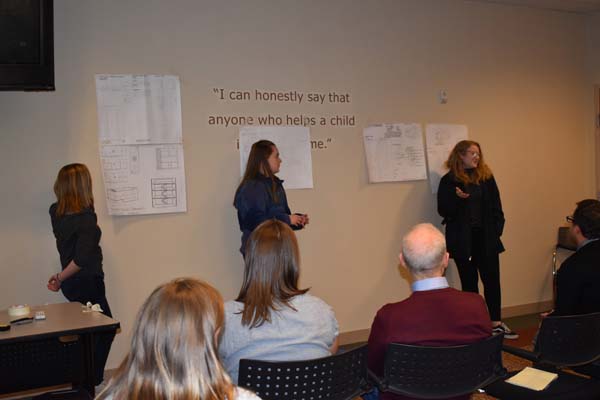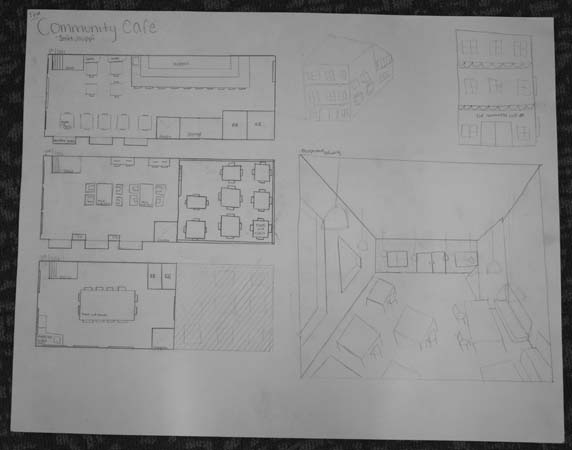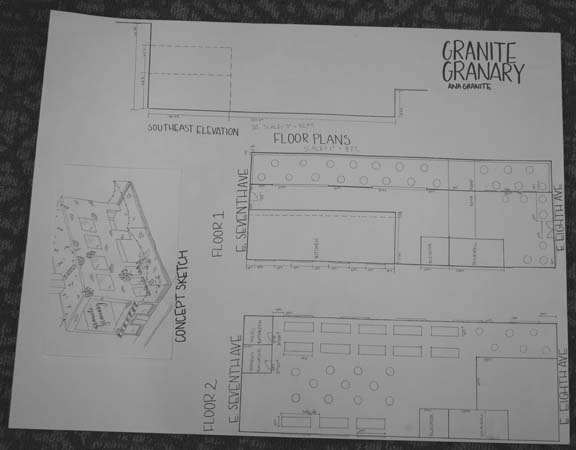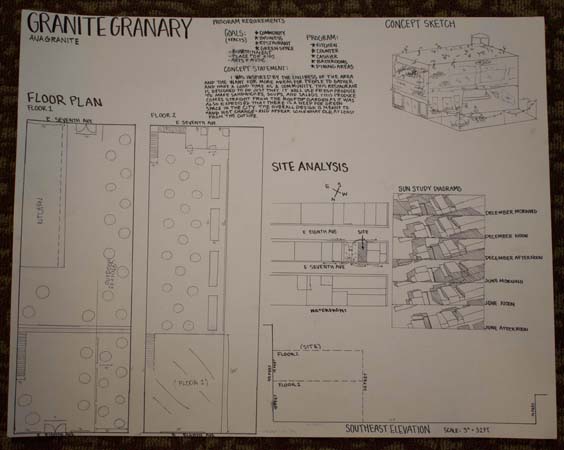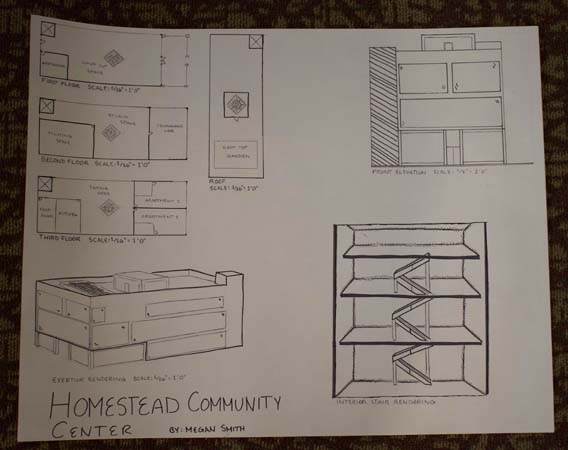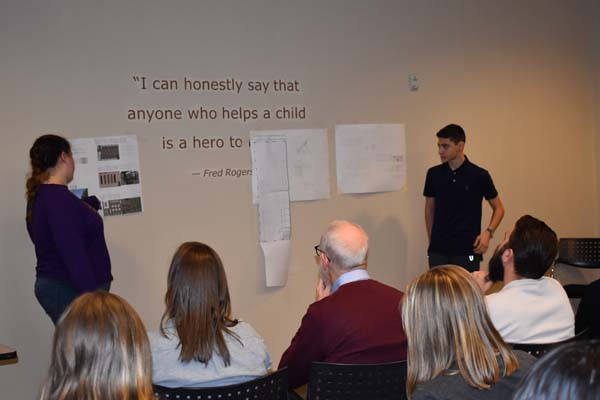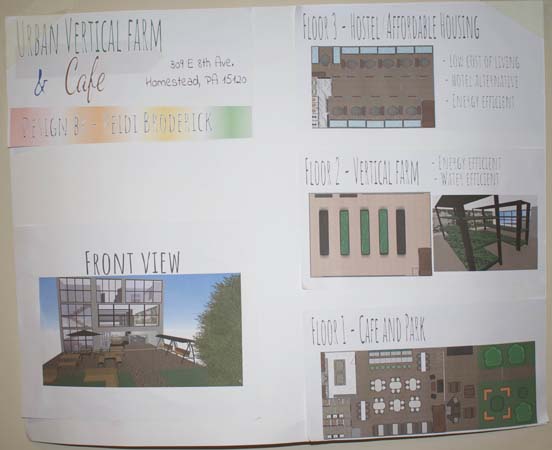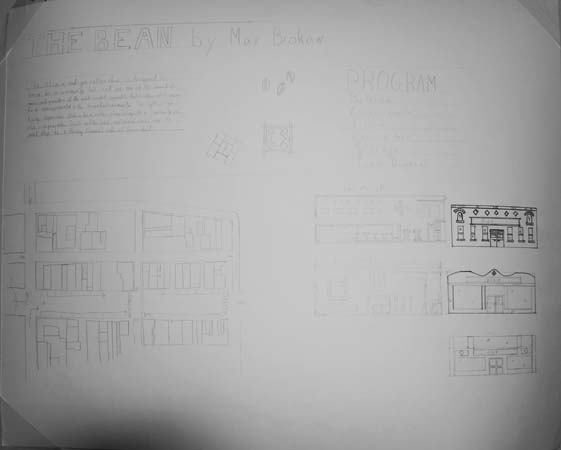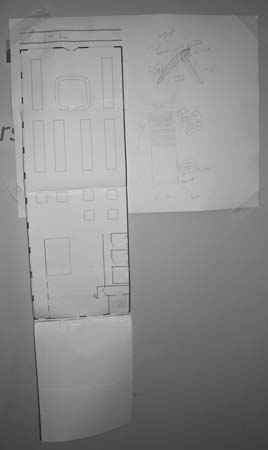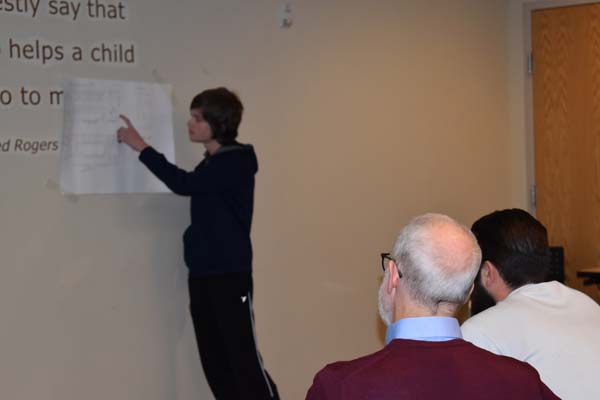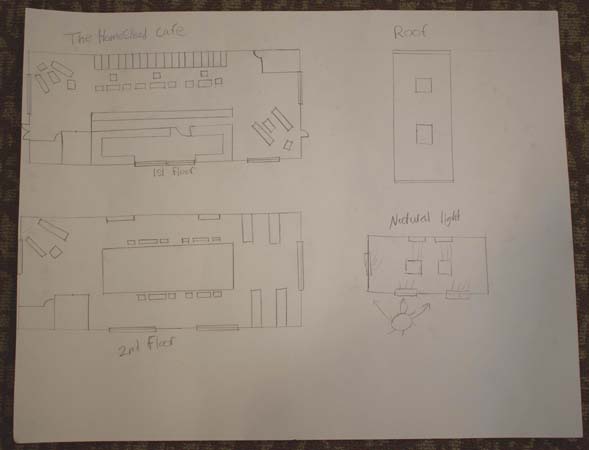
Architecture Apprentices Present Final Designs for Homestead Vacant Lot
High school students from all over Allegheny County finished their fifth and final session on December 13, 2019, in PHLF’s Architecture Apprenticeship program sponsored by the Allegheny Intermediate Unit. After learning about Pittsburgh’s industrial legacy through a guided tour of Rivers of Steel’s Pump House, Carrie Furnaces, and Bost Building, sixteen students presented their final designs for a vacant lot in Homestead. A panel of professionals––Nicole Kubas (CitySTUDIO), Jenna Kappelt (ALN Manager), Patrick Russell (R3A Architects), Paul Tellers (architect), Daniel Valentine (local developer), Dave Yargeau (Mon Valley Initiative), and David Lewis (distinguished urban designer and one of PHLF’s founding trustees)––listened to the student’s innovative ideas and provided their own constructive comments.
The basis of the students’ hands-on, inquiry-based learning was a vacant lot on Homestead’s 8th Avenue. Through a site analysis, visits with professionals in architecture and related fields, as well as tours of historic buildings and sustainable initiatives on CMU’s campus and in downtown Pittsburgh, students were introduced to careers in architecture, urban planning, and historic preservation.
This course gave students the opportunity to experience first-hand—and often for the first time—the joys and challenges of pursuing these careers. Speaking of his design process, one student remarked to judges, “I know what it looks like in my head. It’s harder to get on paper.” David Lewis, one of the panelists, encouraged students by explaining that “exploring an idea is what you are doing in architecture.” The following designs (see photo gallery) were among the proposals for the vacant lot:
- a public donation library and snack shop;
- a restaurant and upper-level apartments (“Sanctuary”);
- an athletic store and live music café (“Halftime”),
- a Pittsburgh-themed community hangout space (“Steel City Parkside”);
- affordable housing units with a lower-level cabaret space;
- an ice cream shop with upper-level apartments;
- a combination café, daycare, and urban garden;
- a community center with lounges, classrooms, and event spaces;
- a vertical farm; and,
- a community arcade and recreational center.
“So many of these projects open the doors to the community. All of them are quite wonderful – that is what we want in our communities,” observed David Lewis. Many of the proposals included thoughtful incorporations of mixed-use concepts, sustainable design and community-service-oriented concepts. When asked to describe their Architecture Apprenticeship experience, students wrote:
- This apprenticeship really helped me to become more confident in my designs and being able to express them better as well.
- I used this apprenticeship to help me determine if architecture would be a good career path for me.
- It made me realize just how much thought and planning goes into designing a space for a community.
- This program helped me be aware of architecture all around me. I learned how to be a better city planner and realized how to imagine a practical building.
- It helped me appreciate the design and functions of buildings, and it helped me understand the duties of an architect.
Students were also asked to describe their experiences in five words or phrases. Responses included:
- Fulfilling; fun; knowledgeable; unique; beneficial.
- Educational; helpful; created opportunities; fun; eye-opening.
- Insightful; true-world experience; hands-on; historical; informational yet enjoyable.
- Eye-opening; historic; learning how to repurpose new to old and old to new; preserve—an art form, I believe, keeping old things relevant; character—most important, every building has this.
- Interesting; I liked the history; I liked the different styles of buildings; I liked hearing about peoples’ stories of how they got to where they are; helpful.
- Fun; challenging; cool; I was able to see lots of our city.
After all the students presented, David Lewis impressed upon them that “architecture stands on the threshold of the past and future. Architecture is what we inherit and where we are going. Westand always on that threshold.”
To the McSwigan Family Foundation Fund of The Pittsburgh Foundation, whose funding supports this program, and to all of the professionals who spent time with these high school students, we thank you!


